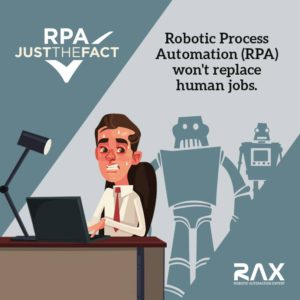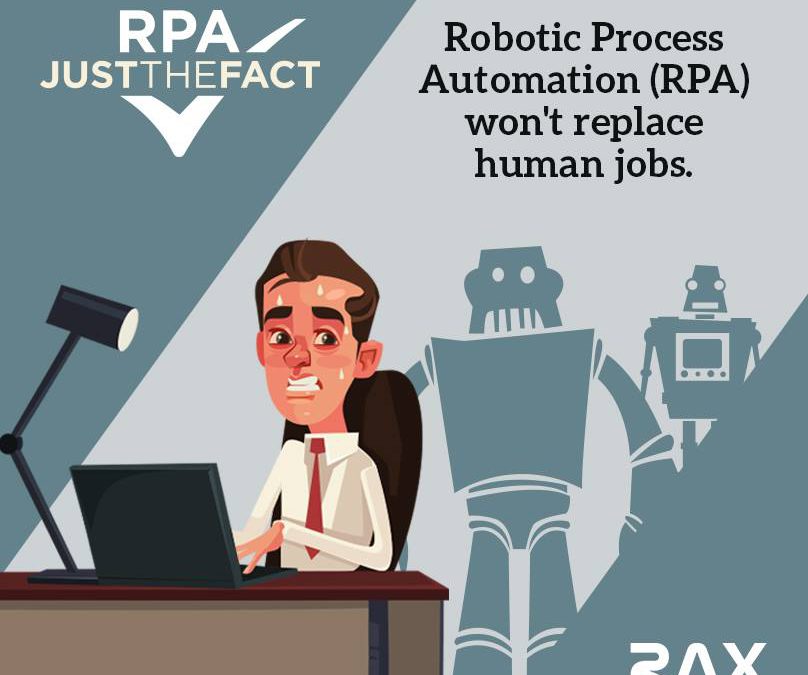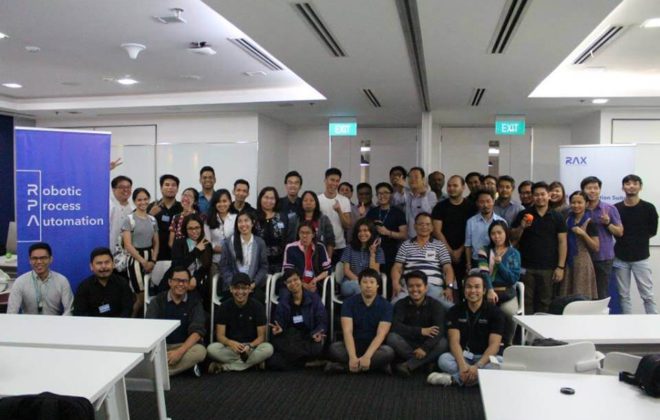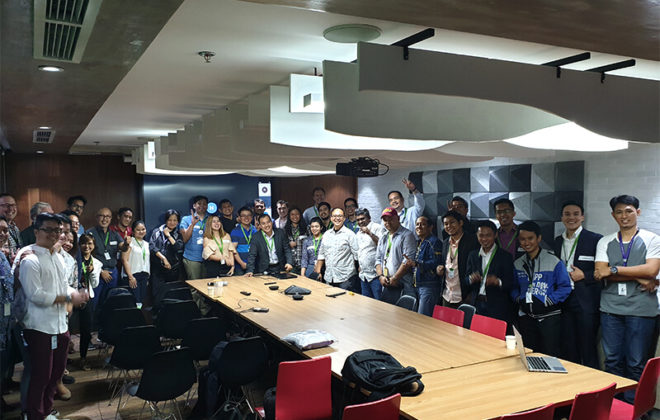Automation and the Future of Work
RPA, Stories, Tech, Trends
0
About half of all activities carried out by workers could potentially be automated. To be able to adapt and survive the age of automation and artificial intelligence (AI), the human workforce will need to acquire new skills and develop a level of comfort for how men will work alongside rapidly evolving machines.
These were the main findings of a McKinsey Global Institute report on how realizing automation’s full potential requires people and technology to work hand in hand.
The report also examined the impact of automation on employment and productivity in the global economy and how the emerging technology is already transforming the workforce.
Jobs lost, Jobs gained, Jobs changed
Amid headlines exclaiming the benefits of industrial revolution to business and society, automation and AI have still been deemed as major disruptions to work.
The McKinsey report analyzed various scenarios for jobs lost and gained in the age of automation, and predicts that 15 percent of the global workforce, or about 400 million workers, could be displaced by automation in the period 2016 to 2030. The wide range underscores multiple factors that will impact the pace and scope of AI and automation adoption including the technical feasibility of the technology, cost of deployment, labor-market dynamics, even social norms and acceptance.
Despite the extensive loss figures, automation is likewise expected to render more jobs in the same period. Several catalysts such as rising incomes, increased spending on healthcare, and continuing or stepped-up investment in advanced industries will bring growth in demand for work and consequently jobs. The report developed scenarios which showed a range of additional labor demand of 21 percent to 33 percent of the global workforce, more than offsetting the numbers of jobs lost.
In a few more years, AI algorithms and intelligent machines will be co-workers to humans. More jobs than those lost or gained will be digitally transformed as machines complement human labor in the workplace.
To offset jobs displacement and prepare workers for the transition, the report suggests moving from declining occupations to growing and, in some cases, new occupations. The report also sees a mix of occupations to change, as will skill and educational requirements. Work will need to be redesigned to ensure that humans work alongside machines most effectively.
A key workforce challenge that needs to be addressed is the rapid demand for advanced technological skills as well as social, emotional, and higher cognitive skills, such as creativity, critical thinking, and complex information processing.

What do these Mean for Filipinos?
The Philippine Trade and Industry department warned Filipinos could lose more than 18 million jobs in the next five to six years to automation, with agriculture, fishing, manufacturing, and retail being the most affected.
Citing the same McKinsey study, the agency stressed the need to reskill the workforce and to improve the education system to respond to new technologies. Industries are also urged to embrace these new technologies to help boost productivity and competitiveness.
The idea was also supported by Dr. Yasuyuki Sawada, chief economist at the Asian Development Bank (ADB) as he asserted the Philippines should not be afraid to embrace both innovation and automation in the face of the Fourth Industrial Revolution.
Dr. Sawada, in his speech during the Annual Public Policy Conference (APPC) led by the Philippine Institute for Development Studies (PIDS), explained that AI and robotics may even help the country boost its annual productivity growth by as much as 1.5 percent and may also create new occupations and industries, resulting in increased opportunities for Filipinos.
To have a more comprehensive look on the impact of automation to Filipinos, read our blog on The Future of RPA in the Philippines.
Get your free Robotic Process Automation (RPA) Software:





